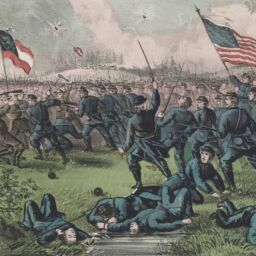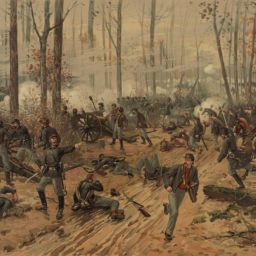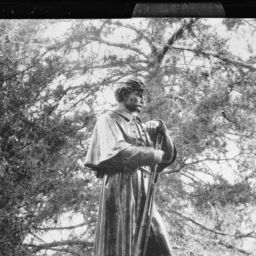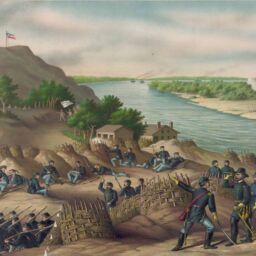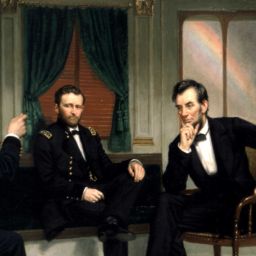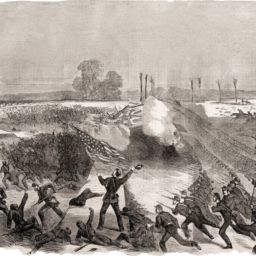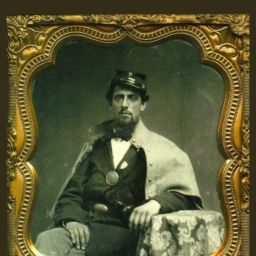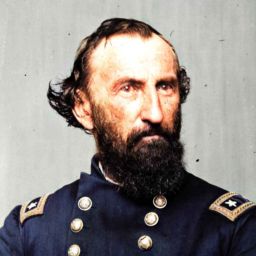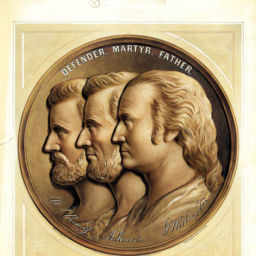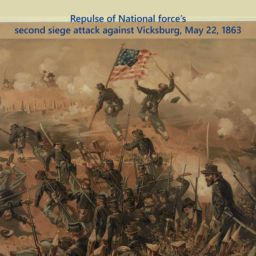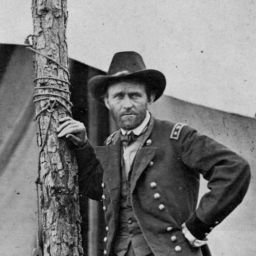
Civil War, Eastern Theater, Peninsula Campaign. On April 1, 1862, the movement of 12 divisions of Major General George B. McClellan’s Northern Army of the Potomac, as part of his campaign up the Virginia Peninsula, in effect supplements the force of 12,000 Union soldiers under Brigadier General John Wool at Fort Monroe, also on the peninsula.
Wood is 78 years old at the time, a veteran of the War of 1812 and, like several Union and Confederate generals, the Mexican-American War.
In August 1861, Wool had been given command the U.S. Army Department of Virginia, and he acted quickly to help secure Fort Monroe against possible Confederate attack.
Throughout the ultimately unsuccessful Peninsula Campaign, the fort, sitting off the main shore of the broad southern tip of the Virginia Peninsula, serves as an important Union supply depot.
Western Theatre. Also on April 1, 1862, Northern troops continue to be transported by gunboats southward, up the Tennessee River, as Major General Ulysses S. Grant concentrates his forces around Pittsburgh Landing, Tennessee, located just north of the extreme northeastern corner of Mississippi.
Western Theatre, naval. Also on April 1, 1862, as part of the Battle of Island Number Ten (February 28–April 8, 1862) on the Mississippi River, Henry Walker, captain of the gunboat the USS Carondelet, prepares to run the Confederate batteries. That evening, to increase Walker’s mission chance of success,
Colonel George Washington Roberts of the 42nd [Regiment Illinois Volunteer Infantry] and forty picked men launched a nighttime raid on Rucker’s Battery on the Tennessee shore [of the Mississippi River]. Cloaked by a rainstorm, the federals landed, drove off two startled enemy pickets, and in a matter of minutes spiked the guns and shoved off to return to the fleet.1
The Carondelet successfully makes her run past the Confederate batteries unscathed amid a thunderstorm on the night of April 4, 1862.




